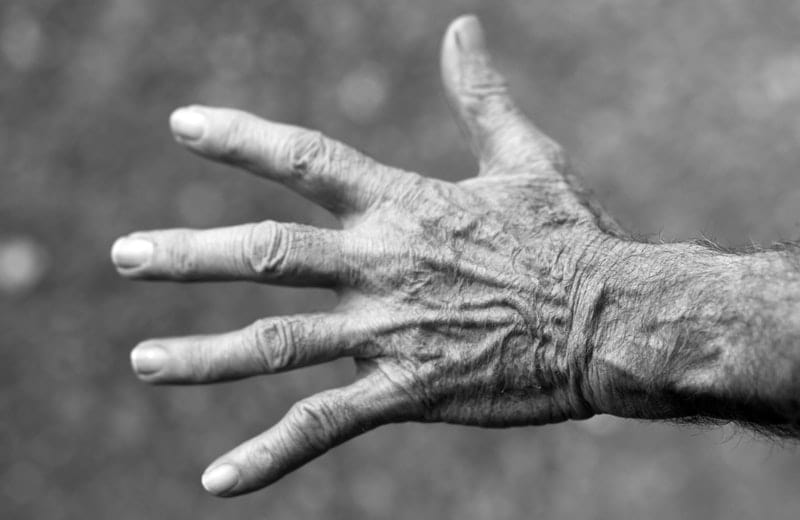Most people are familiar with the top two types of arthritis – osteoarthritis and rheumatoid – but ankylosing spondylitis is another form of the disease that affects almost 3 million people in the United States.
Ankylosing Spondylitis is a chronic inflammation that primarily involves the neck, lower back, and spine. As the disease grows in the vertebrae it results in extreme discomfort and severe pain. If it progresses it could result in the growth of a new bone that forms in the spine causing it to fuse into a position that could make the patient unable to move.

While ankylosing spondylitis mainly deals with the spine and joints associated with the sacroiliac, it can also cause inflammation in the hips, ribs, shoulders, hands and even the eyes.
What Causes Ankylosing Spondylitis?
Currently, there is no definite cause of this chronic form of arthritis. The disease is usually genetic as well as more prevalent in people who carry a gene in their system known as HLA-B27. This gene consists of proteins that are usually located in while blood cells.
The regular human leukocyte antigens (HLAs) work to protect your body by locating foreign items that could leave you with an infection, so they are more of a protection for your body. The HLA-B27 actually causes a disruption of your immune system and can cause ankylosing spondylitis as well as rheumatoid arthritis in juveniles.
What are the symptoms of Ankylosing Spondylitis?
You could have ankylosing spondylitis if you suffer from extreme pain in the hips and lower back area. The stiffness is usually strongest in the morning when you wake up and after being inactive for a long period of time. You may also be experiencing extreme fatigue and pain in the neck area.
You should see a rheumatologist if you begin to experience pain in your buttocks and lower back, especially if it came on slowly. It should be worse upon getting out of bed and better after you exercise. You should see an eye doctor if your eye becomes red and is painful or if your vision becomes blurred and your eyes are sensitive to the light.
While ankylosing spondylitis can be genetic it doesn’t mean you will definitely contract the disease. More men get it and it usually strikes as people become adults.
What is the treatment for Ankylosing Spondylitis?
Treatment for this type of chronic arthritis consists of anti-inflammatory drugs, also known as NSAIDS, therapy, or surgery.
The medications would be used to alleviate the severe pain and discomfort. Therapy would help to increase flexibility and help improve strength in the affected areas. Surgery is usually not necessary, but it is an option if the disease has progressed too far.
The best way to live with ankylosing spondylitis is to see a rheumatologist when you first experience pain in your back and spine area. Once diagnosed, embark on a therapy program to help improve your situation. The NSAIDs will help you to live a regular life without enduring pain.